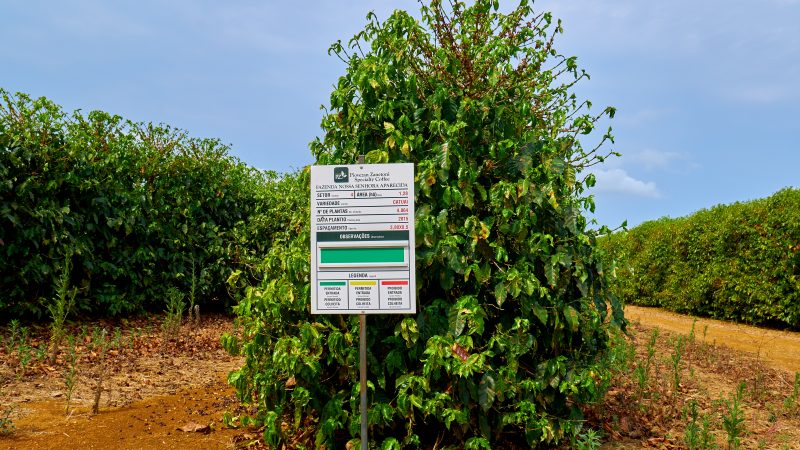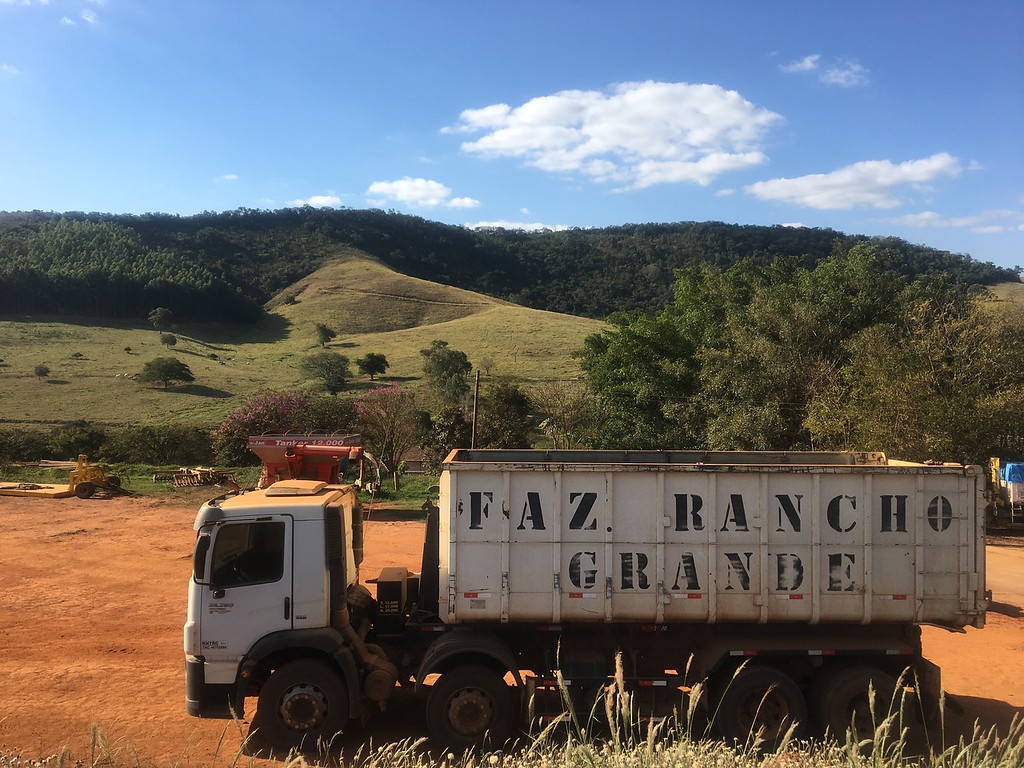Brewing, Buying Guides, How To Guides, Reviews
Coffee Origins – 2. Brazil
An introduction to coffee origins
We roast coffee from all around the world, from the Americas to Africa to Asia. There are so many countries that produce good quality coffee, so why are they all different?
In this series we aim to shed some light on the diversity of coffee. We will take you on a journey of the ‘coffee belt’ and show you our experiences and thoughts on origin….
Brazil
Brazil is probably our most useful coffee we buy. Around a third of the world’s coffee comes from this huge South American country. It has a unique landscape, much of the land is easy to farm on i.e. smooth/flat, but with good altitude that coffee requires, and it is dissected in the north by the equator so perfect coffee growing conditions. It is home to some very large coffee estates/farms (or ‘Fazenda’ as they are called) such as Daterra.
Brazil grows a lot of Arabica varieties – Mundo Novo, Bourbon, Catuai and Acaia to name a few of the common ones. The altitude isn’t the highest compared to other origins, not reaching much over 1000 metres above sea level (or MASL for short) compared to places like Colombia and Ethiopia that commonly grow coffee over 2000 MASL. Ben Nevis is only 1345 MASL! This tends to reduce the acidity in the coffee somewhat, but brings in more chocolate notes. They are well known for being balanced and smooth.

Typically Brazil coffee is ‘dry’ or ‘natural’ process, where the coffee fruit is left intact whilst drying, and it is common for producers to use large mechanical driers which can have to coffee dry in 24 hours as opposed to natural sun drying which can take over 2 weeks. This helps to enhance those chocolate notes. A typical Brazil will taste of chocolate, nuts and dried fruit. It can be a little less complex in filter style brews compared to brighter coffees, but it is super smooth which makes for a satisfying espresso and the chocolate notes work really well when combined with milk too. Brazil is like the comfort food of speciality coffee! Our Rancho Grande lot is a fine example of what a quality Brazil coffee can be, and the few times we have been without a good Brazil offering, we have often been asked profusely when the next lot will be available!

Brazil also produces some pulp natural coffees too, where to freshly picked coffee cherries are macerated before drying. This creates a slightly cleaner and lighter taste profile. Some farms are experimenting with longer drying times which allows for more fermentation, which can create more exciting flavour profiles than mechanical drying, but this can be a risky business as the fermentation could cause unpleasant flavours. The ‘Pinotage’ lot we currently have for sale is an exceptional long fermentation Brazil with its boozy soft fruit tones and complex acidity.
Brazil coffees are great for using in a blend, the inoffensive taste profile will go well with almost any other coffee, and coffees that are high in acidity can be tempered with the addition of a Brazil so they don’t end up being too sharp in taste. The full bodied character always lends itself well to espresso and milk based drinks too, so it’s a great all-rounder in a house blend or as a regular single origin coffee.



